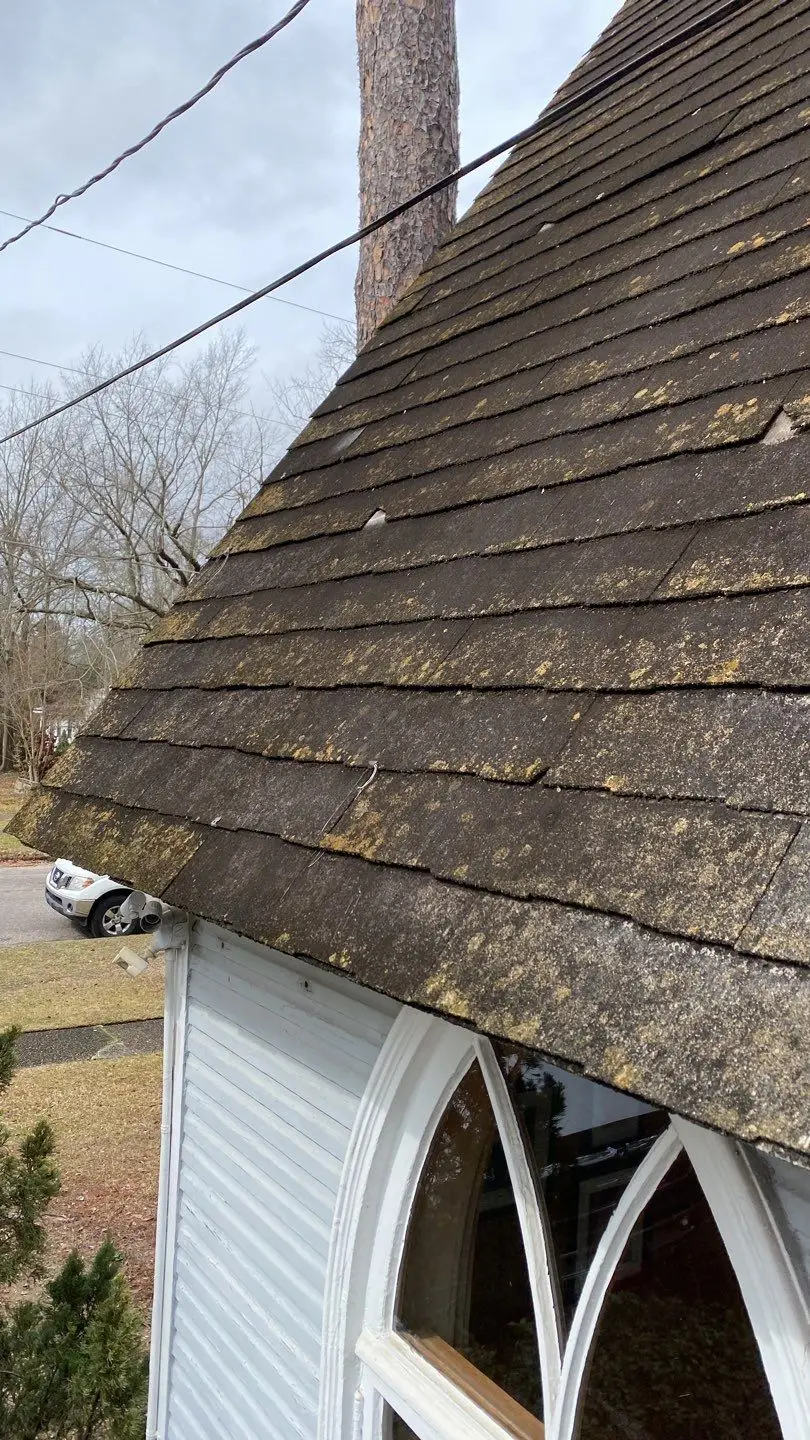Here at Guyette Roofing and Construction, we understand that your roof is a critical component of your home’s structure, safeguarding your family and belongings from the elements. Like any other part of your home, your roof has a finite lifespan. While it might be tempting to delay replacing your roof, putting off a necessary roof replacement can lead to more significant problems down the road, ultimately costing you more money. Understanding the risks and costs associated with waiting to replace your roof can help you make the right decision before it’s too late.
1. Increased Damage Over Time
One of the primary reasons to replace your roof promptly is to prevent further damage. Roofs deteriorate over time due to exposure to the elements, and delaying replacement can cause small, manageable issues to escalate into larger, more costly problems. For instance, missing shingles, small leaks, or minor wear and tear may seem insignificant initially, but these issues can lead to more extensive damage if left unaddressed.
- Water Damage: Leaks in your roof can gradually allow water to seep into the interior of your home. Over time, water damage can destroy walls, ceilings, insulation, and floors, leading to mold growth and compromising the structural integrity of your home. The longer you wait to replace your roof, the more likely it is that this water damage will spread, making repairs much more expensive.
- Structural Damage: Water infiltration can weaken the roof deck and underlying structure, leading to sagging or even collapse in extreme cases. Roofs that are left unchecked for too long can suffer from rot, which compromises the frame of your home. This type of structural damage is costly to repair and can make roof replacement a far more expensive process than it would have been if the roof had been replaced earlier.
2. Higher Repair Costs
In many cases, repairing a roof that has significant wear or damage can be a good temporary fix, which can hold off the need for replacement for a while. However, these repairs often don’t address the root of the problem and may only provide a temporary solution. When the roof reaches the point where it requires replacement, it’s likely that additional repairs will have already compounded the cost.
- Short-Term Fixes: Patchwork repairs can provide temporary relief, but they rarely offer long-term protection. What begins as a small leak can develop into a much bigger issue when water continues to penetrate the roofing material, especially if the underlying structure has started to weaken. At that point, replacing the roof becomes a necessity.
- Escalating Costs: If you continue to delay roof replacement, the cost of repairs can escalate. The longer you wait and the more repairs you have done on a roof that’s past its prime, the more likely it is that additional layers of damage will accumulate, making the replacement process more complicated and expensive.
3. Energy Efficiency Decline
A roof that’s no longer functioning optimally can impact your home’s energy efficiency, leading to higher utility bills. Over time, the materials that make up your roof can degrade, causing gaps and cracks that let air escape from your home, especially in the attic. This results in heating and cooling systems working harder to maintain a comfortable temperature, leading to increased energy consumption.
- Increased Heating and Cooling Costs: A roof that is past its prime may no longer provide the insulation it once did. Insulation, when damaged or deteriorated, can allow hot air to enter during the summer and warm air to escape in the winter, causing your HVAC system to work overtime.
4. Diminished Home Value
A roof that is in poor condition can significantly reduce the value of your home. Buyers are often hesitant to purchase a property that requires extensive roof repairs or replacement, as they know it’s an expensive and unavoidable expense.
- Impact on Sale Price: A roof replacement can improve the curb appeal of your home and make it more attractive to potential buyers. If you delay replacing the roof, you may find it harder to sell, or you may have to lower the price to compensate for the roof’s poor condition.
- Financing Issues: If your roof is nearing the end of its lifespan, it could pose problems when seeking financing for a home purchase. Lenders may hesitate to approve loans for homes with significant roof damage, which can hinder the sale process and reduce the pool of potential buyers.
Conclusion
We know that waiting to replace your roof might seem like a way to save money in the short term, but in reality, it can cost you far more in the long run. By addressing roofing issues early, you can save money on repairs, reduce energy consumption, and ensure your home remains safe and secure. Call Guyette Roofing and Construction if you’d like an estimator to come and check out your roof–we care about what matters most.

